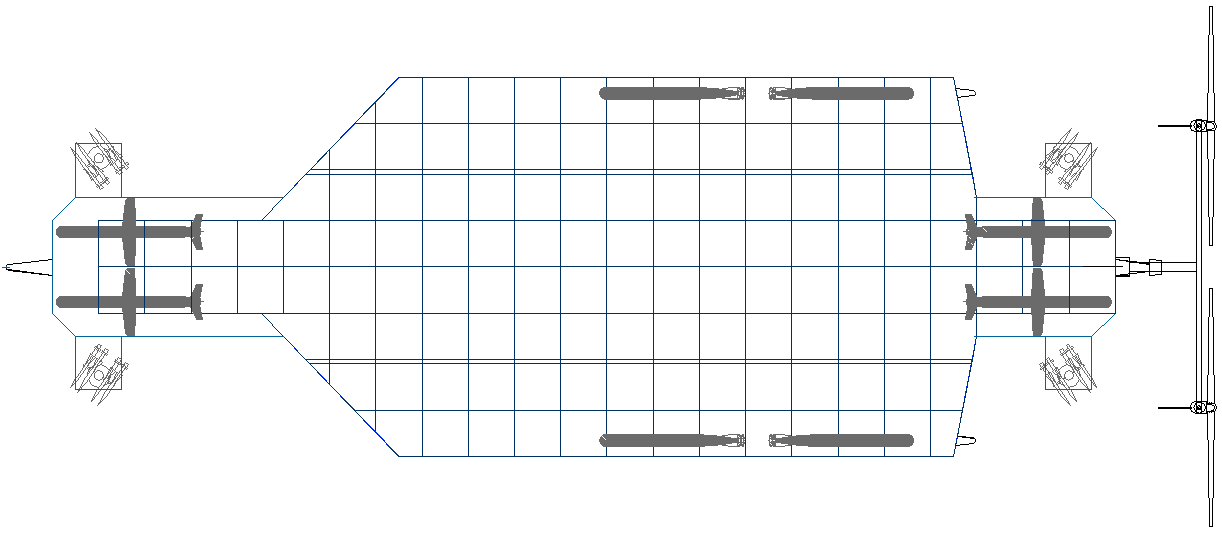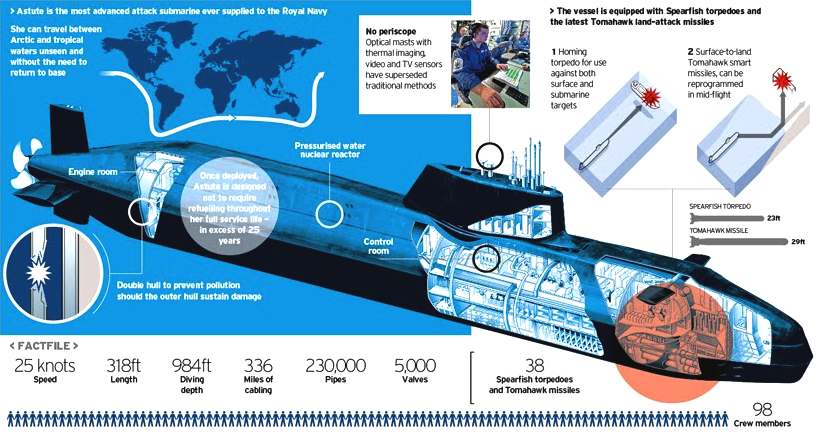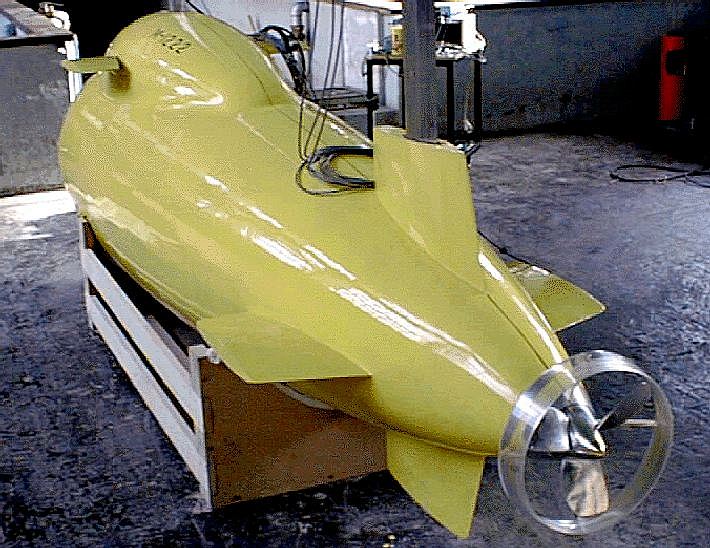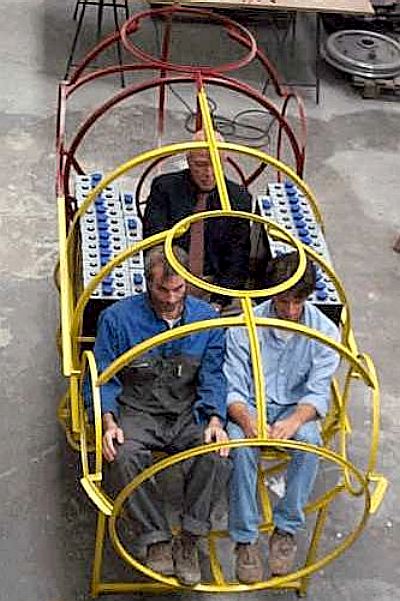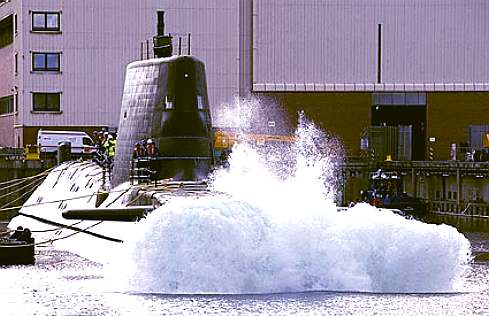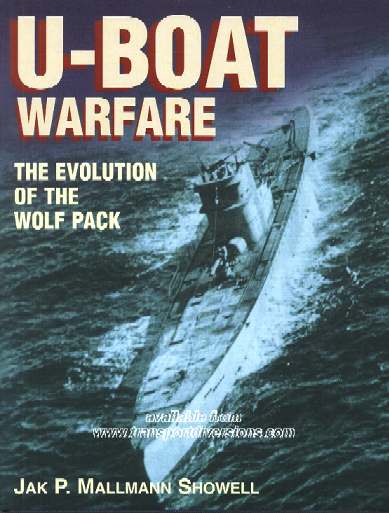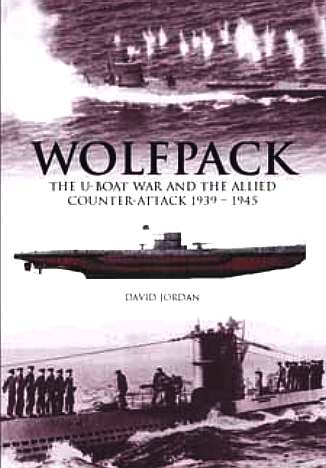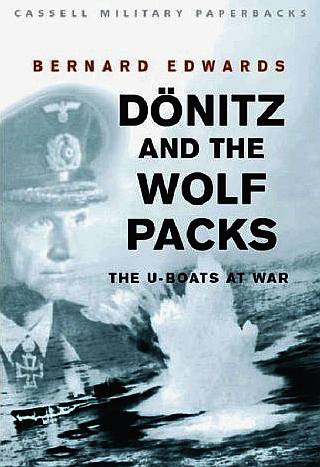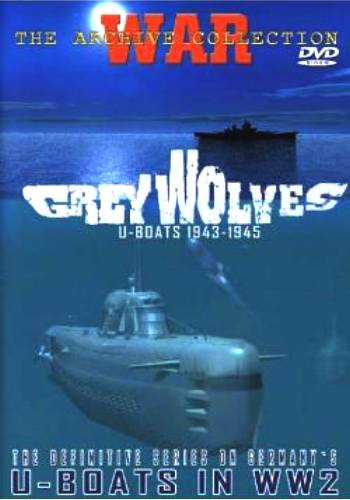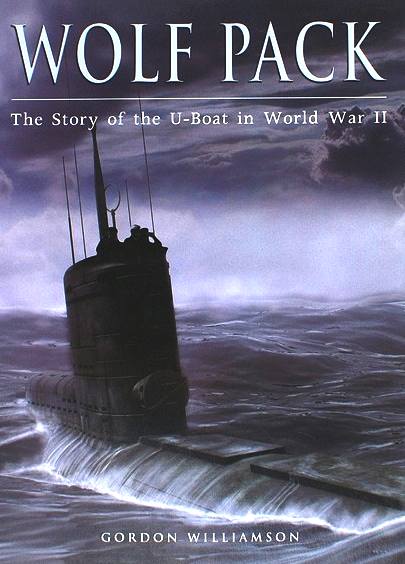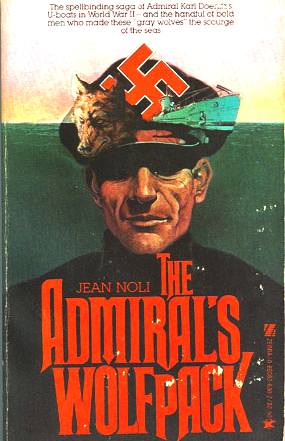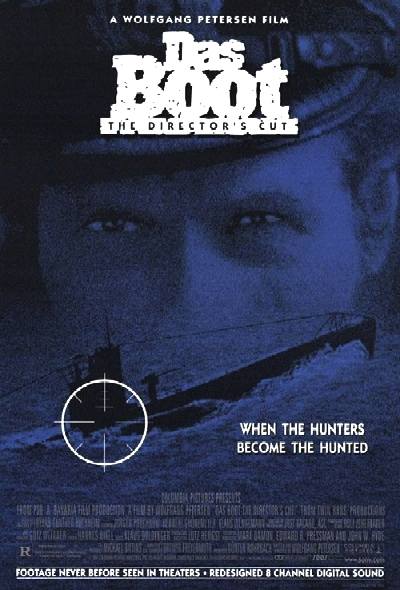|
SEAWOLF™ - Submarine 'Wolf Pack' hunter/killers
|
|||||||||||||||||||||||||||||||||||
|
A Scorpion HK, unmanned battleship is a multi-purpose, multi-tasking naval asset, that holds the potential to reduce pollution from peacekeeping missions and save lives. Modern naval warfare no longer depends on sailors leaping from one ship to another with cutlasses. Modern engagements rely on missiles and the ability of one ship to hit another without getting itself blown up by fighters or aerial drones armed with, you guessed it, missiles. The above design is © copyright BMS Ltd 2014. You can see the placement of 32 SAMs, 4 Tomahawk cruise missiles and 4 MK48 heavyweight torpedoes on this clever concept. Such an armory in one small 170ft (52m) drone destroyer, alters the way navies should think about huge capital assets such as aircraft carriers and nuclear submarines. Such a battleship presents an unacceptable risk to conventional warships, and the lives of those who serve on them. You saw it first at BMS Ltd. PLEASE NOTE THAT THIS PROJECT IS FOR WARGAMING PURPOSES ONLY AND IS NOT INTENDED AND MAY NOT BE USED BY ANY MILITARY FOR ANY WARLIKE PURPOSE.
BLUEFISH ZCC (MODEL) DEVELOPMENT PROJECT INDEX A-Z
Dinosaurs of the ocean. The bigger they are the more a nation stands to lose on their investment in the wrong technology. The same may be said of aircraft carriers, that put $Billions of dollars of GNP at the lives of loved ones at risk.
21st CENTURY SUBMARINE COUNTERMEASURES
It's all about scale and cost. When we say scale, we are not talking about the size of a ship or submarine, we are referring to the coverage of a network of persistent surveillance craft that track enemy submarines for when a first strike may be either necessary or favorable. Indeed, the larger an enemy vessel is physically, the more vulnerable the country is that operates them and the more lives they lose at each sinking - 98 in the case of the Astute above. Far from being a deterrent, such vessels are prime targets to neutralize, to pull the teeth from conventionally superior forces. It's a deadly game of cat and mouse.
Most navies have the technology at their disposal to implement such a system, but no navy can afford the manpower and investment in sufficient numbers of traditionally powered/crewed surveillance units to be effective. This is where autonomous ZCCs come in. They reduce the operational costs in terms of fuel and crew - to the point where such networks becomes affordable - and in due course, indispensable - much as the MQ9 Reaper UAVs are today in the air.
All modern navies are using autonomous vessels and looking to increase their usage to boost operational efficiency.
DISRUPTIVE LOW CARBON VEHICLES
The fact is though that the research for the ZCC to become a reality is in the balance. This is the key technology to be cracked, and the race is on to see who takes the lead: east or west. It is likely to be a navy that does not have so much invested in diesel or nuclear vessels that a U turn is unthinkable. Such investment in conventional technology will be the economic brake to the acceptance of vessels that have extremely low operational costs, and of course no risk to human life.
The plain fact is that nobody changes out an old car that is perfectly serviceable, unless there is a very good reason to do so. While there is no real threat of war, especially first strikes, advances in technology will be slower. Expenditure on weapons research is difficult to justify in times of peace.
Disruptive research challenges current conventions in terms of intellectual prowess, exploring new boundaries or adapting existing technologies for deployment in novel ways - that traditionalists typically underestimate. That is of course the whole point of tactical research; to develop strategies that undermine an enemy force to your advantage. See our costing/feasibility STUDIES.
COMBAT ZCC - Showing general missile arrangement in a vessel with crew quarters, and in a drone vessel without crew accommodation. The drone is lighter, so more efficient. The Scorpion and Dragonfly variations of these Hunter-Killers (HKs) are all based on the basic Bluefish ZCC platform. Each specialized version may be converted to the other simply by adding or subtracting the appropriate modules. In the final version we recommend that the SAMs are on a turret or turrets, nose and/or tail.
MODERN WOLF PACKS - ZCC DESTROYERS & OPERATION WOLVERINE
The map below shows a very basic sample scenario for the deployment of a ZCC network of destroyers armed with weapons to locate, track and destroy enemy submarines. The modern Wolf-pack is surface operated with subsurface weapons, not subsurface targeting surface shipping. Being that ZCCs do not pollute the oceans, it will be a clean kill, save for the loss of human lives and nuclear debris that could arise using conventional explosives. The Predator hunter-killer minisubs do not use explosives to sink submarines - thereby reducing potential contamination. The loss of human life is inevitable in times of war, save only where autonomy is advanced sufficiently to avoid such sacrifice.
INNOVATION - Nuclear submarines are considered by many superpowers to be a covert delivery system and thus immune to detection - hence - an insurance policy against first strike. Airborne submarine hunters are common, but are expensive to purchase and operate, ruling that out as a persistent option.
The concept of the Seawolf autonomous delivery system for may be used with Predator hunter-killers (or similar weapons, including conventional torpedoes). Unfortunately, the lead time to having a Predator HK is not realistic for incorporation in any immediate future fleet, where development time is likely to be many years.
It is though worth considering that Predator mini-subs are capable of taking out any submarine covertly, a gift that other system do not enjoy. A pack (grid) could neutralize a fleet of submarines simultaneously. Once the wolf-pack acquires a target, it passes that information between a network of autonomous ships, each one having the capacity to launch a Predator (or similar weapon), to sink any nuclear submarine while submerged.
Once a target is acquired using SeaNet tactical strategy, it is continuously tracked until countermeasures, or first strike is/are deemed necessary. The hunter becomes the hunted. A study of a global deployment strategy that will work is long overdue. Combat specification ZCCs cruise at 7-10 knots continuously monitoring the oceans. They are estimated to be able to sprint at up to 20 knots using renewable energy reserves and up to 35 knots in strike mode to engage the enemy using auxiliary power and other means to reduce hull friction.
ABOUT THE PREDATOR MINISUB
The Predator is a small high-speed attack submarine based on the latest performance torpedo technology. It is designed to hunt down and sink nuclear submarines, but without the operational cost of a submarine support ship. It is about the size and cost of a conventional torpedo. Predator was at first designed to be manned, or driven in drone fashion and/or semi autonomously recoverable. But with the advances in robotics, when used in the Wolf-Pack formation, Predators will be almost exclusively autonomous or drone controlled, for recovery after sinking an enemy submarine. Normally, a weapon that is so devastating is not recoverable. Autonomous versions need not have the human cockpit space and canopy, reducing drag and so improving endurance.
Nuclear submarines are kept at sea as a deterrent to another country's first strike by way of counterstrike and also as a first strike delivery system using Trident or similar nuclear tipped missiles. They are slow and unable to maneuver at close quarters, thus what is perceived as an advantage in terms of brute force works against them in a dog fight situation.
ZCC START UP - A country with virtually no navy, could catapult themselves into a position of considerable strength very affordably, to include: rescue, mine hunting, charting, oceanographic monitoring and military information scouting, by way of fleet multitasking vessels. Fleets from one country, might network with other friendly administrations, to increase effective deterrent and real capabilities in times of conflict. There is no need to train a crew, just the shore based operators, although drone operators should be enlisted from navy crews with real life experience. Strategy may be decided by select chiefs of staff, under direct command of the heads of state, with full accountability on screen in real time.
The Predator mini-sub is designed to neutralize submarines at sea by sinking them covertly without explosive devices, but that could be a last resort. A pack of Predators would be launched to sink enemy nuclear submarines around the world, prior to a first strike nuclear attack, or simply to take back control of sensitive ocean passages.
The method of sinking is classified, but the specification of the mini-sub itself uses off-the-shelf technology that is well publicized.
A Predator is good value for any Navy that wants to level the playing field and is operating on a budget. A nuclear submarine is worth $billions, representing a significant investment - and that is a double edged sword. For although a large modern nuclear submarine is a formidable fighting machine and a visible deterrent, once such a warship is sunk, that leaves a big hole in any fleet. Aircraft carriers and indeed, any type of warship at sea is also a vulnerable target and may be neutralized very economically - in fact for not much more than the cost of a modern torpedo + of course the delivery system.
Unlike a torpedo which may miss its target, a Predator mini-submarine is guided by sensitive electronics, confirmed by selectable drone mode. The method of sinking can be tailored to the target craft. Overt operations will succeed, but covert operations may be more effective, especially where a navy want to keep the other side guessing as to the disappearance of its fleet, or plan a first strike with a second strike risk eliminated. To evaluate the potential as part of a defence strategy, a navy will need to understand the delivery system and the method of sinking, which is classified information for serious customers only.
SPECIFICATIONS
DESCRIPTION
A high power, high efficiency electric motor drives contra-rotating super-cavitating propellers, to create a gas envelope around the hull of the vessel. The gas envelope allows Predator to travel in a liquid plasma approximately 100 times less dense than water. Test by Russian scientists have shown that speeds of 50-100 knots is possible, to be able to hunt down and sink any nuclear submarine operating today. Many modern torpedo designs are based on gas envelope technology that is far more extreme, where speeds in excess of 150 knots have been recorded, one of the most famous being the Soviet VA-111 Shkval.
Should a target submarine launch torpedoes in a desperate attempt to thwart an attack, the Predator tracks the torpedo(es) with onboard navionic ranging and bearing sensors and takes evasive action, then leads the torpedo(es) back toward the target submarine, avoiding the submarine at a point where the enemy torpedoes acquire the submarine they were fired from and destroy it. The Predator is far more agile than any torpedo. Torpedoes such as the BAE Spearfish, are designed for straight running at slow turning targets, not dog fighting.
The Predator has a large lithium battery pack giving a range of 10 miles at high speed and 50 miles in cruise mode. There is an alternative delivery system that is classified and does not deplete onboard power, and can put a Wolf pack of Predators into the operating theatre at very short notice, should for any reason there be a loss of ZCC cover.
The Predator is equipped with a weapon system that allows sinking of a nuclear submarine virtually undetected. Typically limpet mines, or other explosive charges are employed in frogmen attacks. That is not the case with the Predator, which is another reason that the system could be so devastating.
NAUTILUS UNDERWATER SYSTEMS VAS 525 SUBMERSIBLE Designer/Builder: Greg Mooney
Not a million miles away from the Predator concept, is Greg Mooney's 5-man mini submersible. These pictures are from December 2000 to January 2001. The VAS 525 SL MK2 is a diver lock-out submersible with a depth rating of 525fsw. The pressure hull is a ASME PVHO steel vessel, while the hydrodynamic envelope is constructed of a composite sandwich. The vessel was built for a private owner as a yacht tender and will be capable of transporting five people, 3 in the pilot compartment and 2 in lockout area or visa versa. The vehicle is to be rigged with a full navigational and communication package as well as several item recovery systems.
NAUTILUS VAS 525 - LEFT: The steel pressure hull is complete and certified as well as the hydrodynamic envelope. RIGHT: Tank test model of the VAS.
NAUTILUS VAS 525 - Greg also built a wire frame to develop the seating and wiring of the pressure hull. This saved over two months construction time because he was able to do all the wiring and plumbing while the pressure hull was still in pieces at the fabrication shop.
VAS 525 SPECIFICATIONS:
Launching a nuclear submarine, is like flushing 98 lives and $billions of tax dollars down the drain. It does though make great headlines for politicians who want the public to think they are safe. ASV Drone HKs might stalk these mighty leviathans with no risk as to loss of life and sink them at very low cost comparatively.
SUBMARINE WARFARE
Naval warfare is divided into three operational areas:
a) surface warfare, b) air warfare and c) underwater warfare (anti-submarine, mine or countermeasures)
Each area comprises specialized platforms and strategies used to exploit tactical advantages unique and inherent to that area.
Submarines may also be used for reconnaissance and the landing of special (covert) forces as well as deterrence. The effectiveness of submarine warfare partly depends on the anti-submarine warfare carried out in response.
WORLD WAR TWO AS
A DEPLOYMENT STUDY
1. The Atlantic and 2. The Pacific. 3. Indian Ocean 4. Mediterranean Ocean
Atlantic ocean
Pacific Ocean
Indian Ocean
Mediterranean Ocean
Dozens of books have been written about U Boat wolf pack tactics
The role of the submarine has extended with the use of submarine-launched autonomous unmanned vehicles. The development of new air independent propulsion methods has meant that the diesel-electric submarine's need to surface, making it vulnerable, has been reduced. Nuclear submarines, although far larger, could generate their own air and water for quite extended durations, meaning their need to surface was limited in any case.
It is though true that at the moment they are the only naval units capable of evading conventional intelligence capabilities (space satellites, airplanes etc.) that a fight between evenly matched modern states could bring to bear on them. The whole point of development is to create a mis-match in technology, to maintain an edge. As Clint Eastwood said in the western 'A Fistfull of Dollars' - "In these parts a man's life depends on a mere scrap of information."
DARPA - DEFENSE SCIENCES RESEARCH and TECHNOLOGY
Solicitation Number: DARPA-BAA-13-20
Agency:
Other Defense Agencies
Synopsis - Added May 02, 2013 8:12 am
DARPA is soliciting innovative research proposals of interest to the Defense Sciences Office. Proposed research should investigate innovative approaches that enable revolutionary advances in science and technology. Specifically excluded is research that results primarily in evolutionary improvements to the existing state of the art.
Contacts:
675
North Randolph Street
BAA Coordinator Email: DARPA-BAA-13-20@darpa.mil
LINKS & REFERENCE
List of sunken nuclear submarines http://en.wikipedia.org/wiki/Cold_War http://www.military-today.com/navy/seawolf_class.htm
SUBMARINE INDEX
HMS Astute 1st of Class BAE Systems HMS Vanguard- Trident INS Sindhurakshak - explosion & sinking Lusitania - Torpedo attack Predator - Covert submarine hunter/killer Seawolf - Autonomous wolf pack deployment of Predator mini-subs U Boats - 1st and 2nd World Wars U20 - Kapitan Leutnant Walther Schwieger USS Bluefish WWI submarine USS Bluefish - Nuclear submarine USS Nautilus - 1st nuclear submarine & subsea north pole passage
FICTION Operation Neptune - An advanced nuclear submarine is hijacked by environmental extremists intent on stopping pollution from the burning of fossil fuels. The extremists torpedo a number of oil wells as part of a campaign to cause energy chaos, with bigger plans to come. If you enjoyed Under Siege or The Hunt for Red October, this is a must for you.
|
|||||||||||||||||||||||||||||||||||
|
This website is Copyright © 2023 Bluebird Marine Systems. The names Bluebird™, Bluefish™, SeaVax™, SeaNet™, and the blue bird and fish in flight logos are trademarks. All other trademarks are hereby acknowledged.
|
